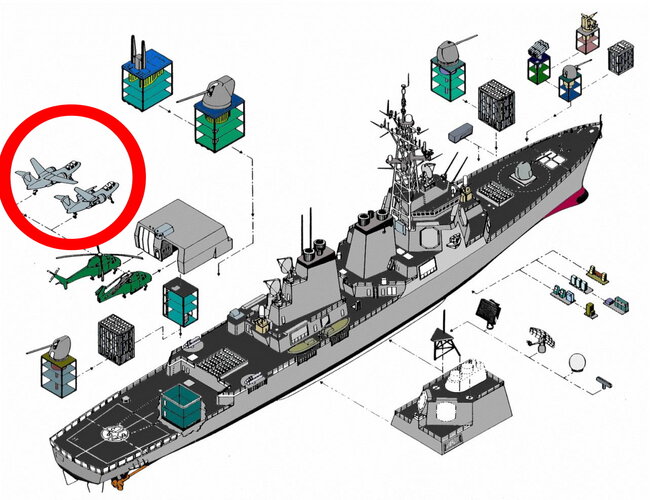Colonial-Marine
UAVs are now friend, drones are the real enemy.
- Joined
- 5 October 2009
- Messages
- 1,378
- Reaction score
- 1,136
Lets say things turn out a bit differently with one of the US Navy's big missed opportunities of the 1970s. Instead of being cancelled most Spruance class destroyers enter service with a Mark 71 8"/60 caliber gun at the fore and a Mark 45 5"/54 at the stern. Maybe with some luck the CGN-42 class doesn't get cancelled too and those also have a Mark 71 up front. Along with the reactivated and modernized Iowa class battleships the USN has no shortage of naval gunfire support for the time being.
What changes down the line though? Is it decided to include a Mark 71 on the eventual Arleigh Burke class? Is the design lengthened to also have a Mark 45 aft like on previous destroyers and cruisers? Does the US Navy still pursue the 155mm AGS for DD(X) or is there no longer the requirement for such a gun system? Do any of the Spruances stay in service longer?
What changes down the line though? Is it decided to include a Mark 71 on the eventual Arleigh Burke class? Is the design lengthened to also have a Mark 45 aft like on previous destroyers and cruisers? Does the US Navy still pursue the 155mm AGS for DD(X) or is there no longer the requirement for such a gun system? Do any of the Spruances stay in service longer?


